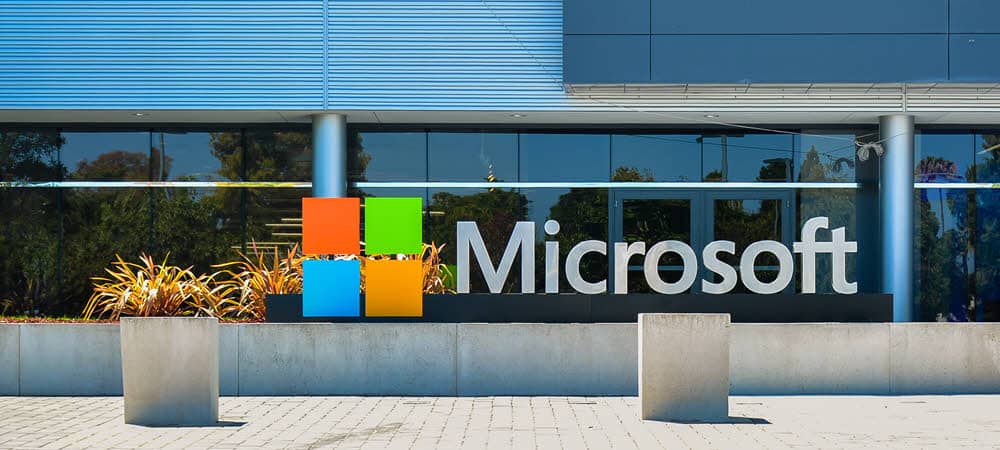Microsoft currently offers a range of mobile devices, including the Lumia 950 and 950 XL smartphones running Windows 10 Mobile, Surface Pro 4 tablet, and the company’s first notebook, the Surface Book.
Microsoft Planning to Release New Surface All in One Desktop
The new all-in-one device (AIO) is expected to feature screen sizes between 21 to 27 inches, similar to Apple’s iMac desktop. The device is projected to adopt some of the whizz-bang technologies found in the company’s business-oriented Surface Hub. Unlike Surface Hub, which starts around nine grand, the AIO will be much cheaper. Potential buyers can expect a multitude of configurations and possibly the latest CPU tech from Intel. The company doesn’t have any new Surface Pros and Surface Books planned for this year, so the Surface desktop will likely tide fans over until then. Sources say the next revision of Windows 10, currently codenamed Redstone 2, is being developed to align with the future Surface mobile updates. Redstone 2 is not expected to launch until around April 2017. Microsoft hasn’t updated its wearable device called Band in a while; the last revision, Band 2.0, was released in late 2015. So an update is long overdue, especially with Apple recommitting to its line of wearable called the Apple Watch Series 1 and 2. Going back to the Surface desktop, further evidence points to a potential desktop in patent filings from 2015. At the same time, Microsoft could just be experimenting. The company originally intended to launch its small tablet device, but it never happened after company CEO Satya Nadella canceled it. Surface chief Panos Panay has admitted to the existence of the device, which he still uses. I must admit, this is all exciting, and I am certainly looking forward to what Microsoft brings to this category. This will certainly further chafe the relationship with OEM partners. Microsoft’s explanation of its entry into hardware was to create reference devices; that could inspire OEMs to create unique solutions that reflect the best of Windows. Microsoft’s move is also defensive; with pretty much every major OEM adopting a combination of Android or Chrome in their product lines, the company felt compelled to do something. So far, it seems to be working; the Surface is now a billion-dollar business, with many partners, even some of Microsoft’s OEM partners and competitors reselling the device. Until October comes, we can only speculate. If Microsoft is working on a desktop device, what would you like to see in it? Comment Name * Email *
Δ Save my name and email and send me emails as new comments are made to this post.
![]()

